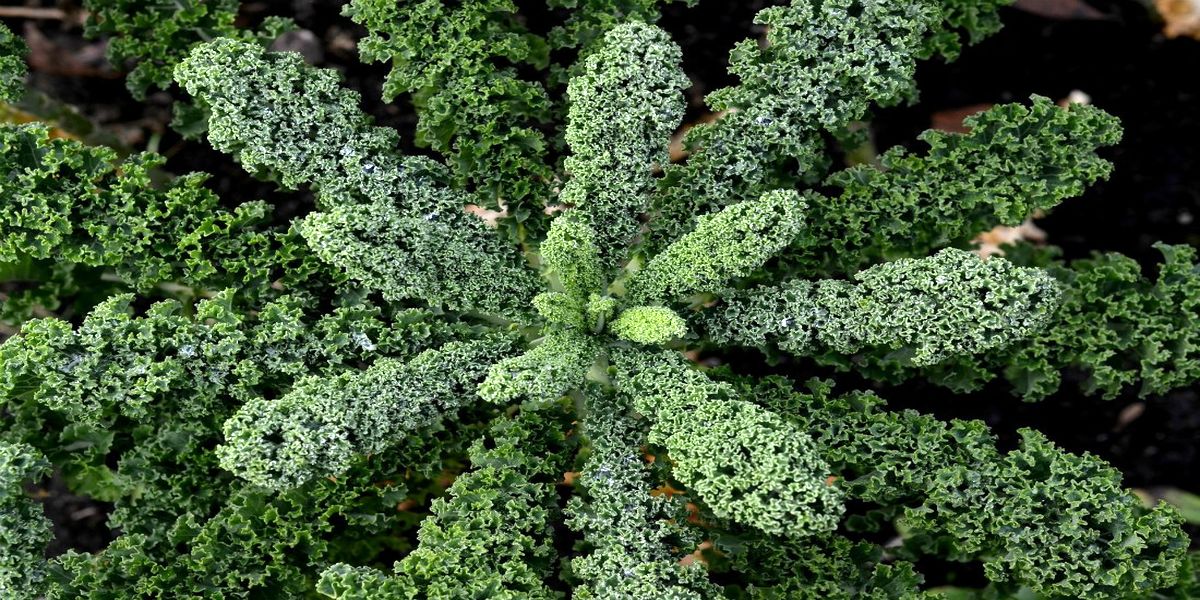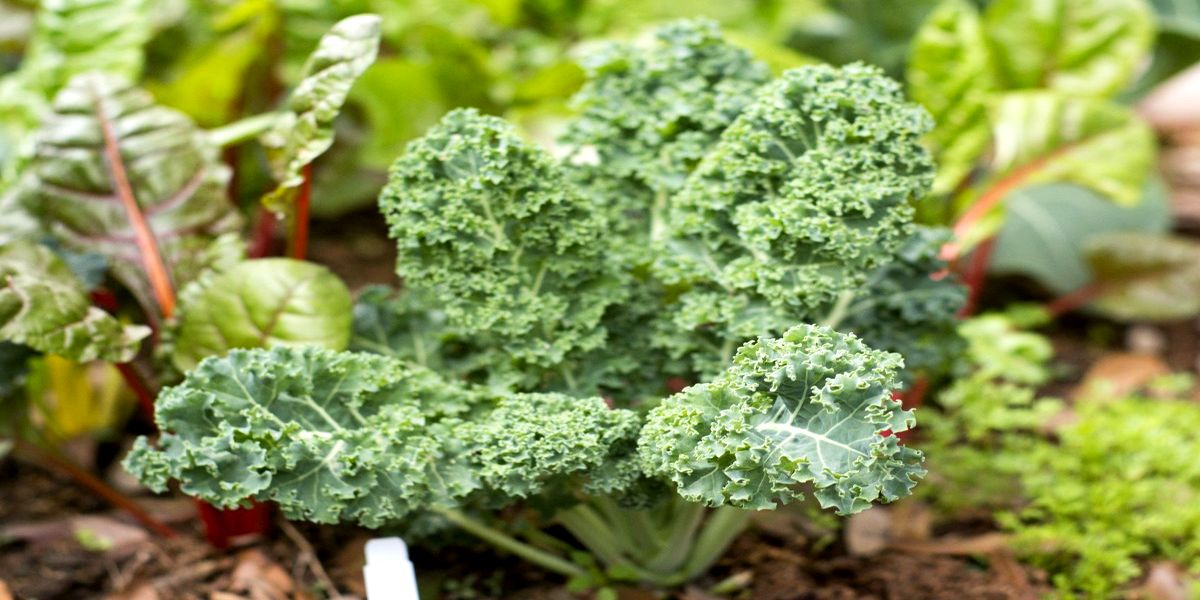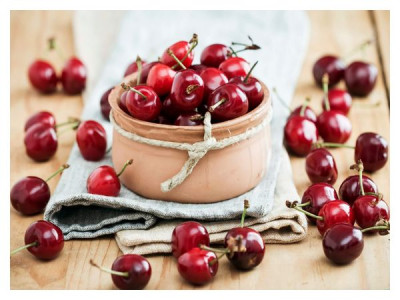Modern summer residents grow a wide variety of cabbage, both edible and ornamental. But curly kale, not only nutritious, but also pleasant in appearance, is still little known in our latitudes. But in growing it is quite simple.
Before buying kale seeds, you need to figure out what it is useful for, what happens and how to grow it properly.

Useful properties of kale
Kale does not form a head, so it is not so easy to identify it on the shelves. Its multi-colored curly leaves are suitable for food. In different varieties, they can acquire all shades of green, red, gray and purple. Kale is known all over the world and in a number of countries is part of the most popular dishes of national cuisine.

Kale was grown in ancient Greece, and now it is in great demand in Holland, Japan, Turkey and other countries.
Kale has no equal among leafy vegetables, and vegetarians call it a worthy alternative to beef. This is not surprising - in terms of composition, it surpasses all other types of cabbage and leafy salads. It contains potassium, calcium (and more than in milk), copper, magnesium, phosphorus, all the amino acids necessary for a person, omega-3 fatty acids so atypical for plants and many vitamins.

In addition, 200 g of kale contains the daily protein requirement for an adult, and important fiber. Introducing kale into your diet is for those who suffer from obesity, calcium deficiency, visual stress, or weakened immunity.
However, she also has contraindications. Like any other cabbage, it can harm people suffering from gastrointestinal diseases. Therefore, before actively tasting such an unusual vegetable, check with your therapist if you have any contraindications to this.

How to grow kale
Kale, the benefits of which are not in doubt, is grown in much the same way as its many "relatives".
This culture does not like transplanting, so it is advisable to sow it immediately on the ridge so as not to injure the root system. Do this in late April - early May. Seeds of kale, like its seedlings, are frost-resistant and are able to endure small negative temperatures without loss. In growth, it goes already at 5 ° C.

If you decide to grow kale through seedlings, sow the seeds in large pots, and then plant it in the ground along with a clod of earth.
Before sowing, kale seeds should be soaked for a quarter of an hour in water at a temperature of 50 ° C, then immersed in cold water for 5 minutes. After that, wrap in a damp cloth and leave in a warm place for 3 days, until the seeds hatch.
200 g of wood ash and 100 g of humus should be added to each well, 2-3 seeds should be placed on top, sprinkled with soil and watered. Before germination (about a week), it is advisable to cover the bed with a film or spunbond.

Best of all, kale grows in illuminated areas with nutritious soil, into which humus was introduced in the fall (10 kg per 1 sq.m), and right before planting, complex mineral fertilizers (30 g of azofoska or ammophoska per 1 sq.m).
Caring for kale is also no different from caring for any other cabbage, however, after the seedlings get stronger, the weak ones will need to be removed from each bunch, leaving only the largest and strongest sprout.
The main secret of strong kale is frequent (sometimes daily) watering and regular (every 6 weeks) organic top dressing. Remember that the soil under your cabbage should always be moist and very nutritious - in this case, it will delight you with juicy and fast-growing leaves. Otherwise, caring for cabbage is not the most difficult process. Remove weeds in the garden in a timely manner, loosen the plantings once every 10 days, and when the leaves reach a height of 20 cm, spud the bushes and remove all weak, diseased or underdeveloped leaves.

Pests and diseases in kale are the same as in all members of the Cruciferous family. From many diseases, for example, from root rot, mulching cabbage ridges with humus or compost will be a salvation. As a preventive measure, dusting the leaves with tobacco dust or wood ash, repeated after each rain, is suitable. There are other natural ways to control cabbage pests.
Kale also has a significant advantage - if it is not completely removed from the soil, but cut off, leaving 5 cm of the trunk, then after a while the leaves on it will begin to grow again. And some of the varieties even start growing after winter, being two-year-old. True, so that they do not freeze out in winter, you will have to mulch the bed with spruce branches or plant debris, and clean it in the spring.

Storing kale
After ripening, the leaves should be cut and consumed within a week. This time they will be perfectly preserved in the refrigerator, but then they will begin to wither and lose their taste. If you want to save kale for the winter, then chop the greens and freeze it. From low temperatures, its taste will open up and become richer, so you can enjoy your favorite salads all year round.
As you can see, kale is a rather interesting and very useful crop. So why not plant a couple of holes of a new vegetable in the coming season, at least for the sake of experiment - what if you like it?














